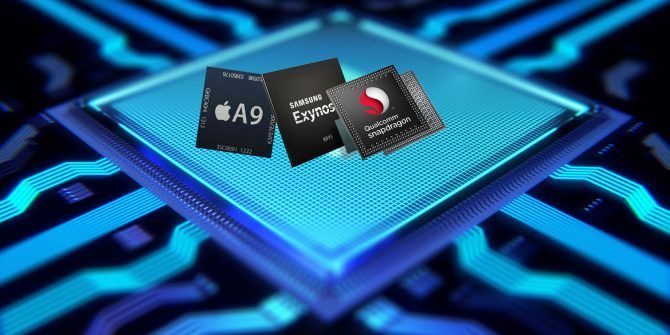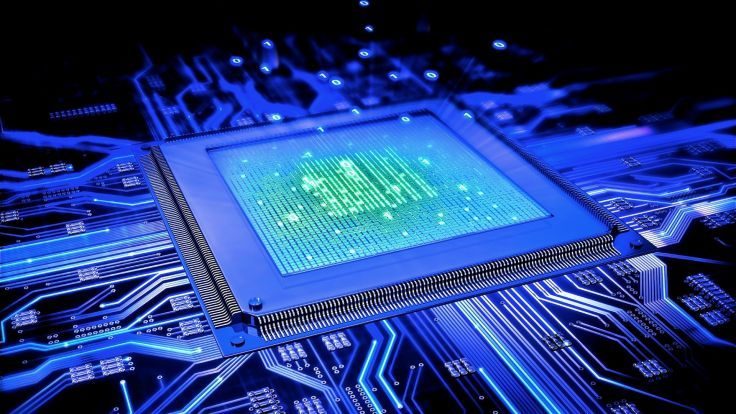
In the world that is developing each day, it is difficult to catch up with the technology as you get something new found on each alternate day. With regards to smart phones, your most recent gadget can get old and obsolete in the blink of an eye. All the companies put heaps of cash in coming up with a better product which would satisfy each of their clients more better.
The processors and their varieties
assume a significant job as the full execution of your device eventually rely
upon the processor, be it mediatek
vs snapdragon or exynos vs kirin.
It’s significant for companies make up
with different companies too, so as to get along the global market. So, when
you think back to the days when the smart phones were presented, you will see
the improvement of the smart phones and their processors and how there is a
monstrous change in performance, display, and different elements. This change
was conceivable with the help of these chipsets which makes your gadget quicker
and smoother and can likewise rival the best items all throughout the world.
Samsung, Huawei, and Qualcomm have been the enormous players for an extremely long time. Yet, for most of the smart phones are provided with Qualcomm processors while Samsung and Huawei make their processors or chipsets. Now, how might you know which one is that best?
Huawei and Samsung are two of the main
Android makers normally producing in-house processors. Every other person turns
to Qualcomm and MediaTek for their portable chip needs.
We’ve put together a helpful introduction
on the MediaTek versus Qualcomm, covering their differences and reasons why a
company would pick either.
CPU
technology

With regards to the immensely important
CPUs, Qualcomm has a background marked by making its own Kryo cores. Since
2017, however, the company has chosen semi-customed designs (named Kryo Gold or
Kryo Silver). These structures depend on standard Arm CPU cores, with a couple
of changes for power consumption and performance.
Then, MediaTek utilizes standard Arm CPU
cores for its processors, without adjusting them to a similar degree as
Qualcomm.
Qualcomm utilizes the greatest and
latest Arm CPU cores at whatever point they’re accessible, similar to the case
with the new Snapdragon 675 and more recently the Qualcomm Snapdragon 855. Both
of these chips utilize Arm’s bleeding-edge Cortex-A76 cores. MediaTek, then
again, has as of late changed to the Cortex-A75 core for the Helio P90.
The bottom line is Qualcomm and MediaTek
both utilize a similar CPU cores, however Qualcomm will in general embrace new
cores at a quicker pace.
GPUs:
Secret weapon of Qualcomm?

GPUs are Qualcomm’s greatest advantage,
because of its undercover Adreno graphics technology. This was a result of
Qualcomm’s securing of AMD’s handheld graphics chip business (Adreno is a
re-arranged word of Radeon, AMD’s graphics brand).
The company’s Adreno GPUs as of late
trumped Arm’s Mali GPUs in benchmarks — simply compare the designs benchmarks
of the Qualcomm-powered Galaxy S9 and its Exynos-fueled variant (which uses Arm
GPU tech).
Makers like Samsung and Huawei by and
large select to just utilize more Arm Mali GPU cores to diminish the gap to
Qualcomm’s hardware.
Arm’s new Mali-G76 GPU is a major
upgrade, in theory focusing on laptop class execution. But Qualcomm isn’t
stopping, uncovering the Adreno 640 GPU as a feature of the Snapdragon 855. It
touts a 20 percent power help over the Snapdragon 845’s GPU, however we’ll have
to sit back and watch if phones with Arm’s most recent GPU can offer a
challenge.
MediaTek has taken to utilizing
Imagination Technologies’ GPUs in its new Helio P90 rather than Arm parts. The
company is guaranteeing a major graphical upgrade over its past top of the line
chips, yet the truth will surface eventually whether this is the situation.
Machine
Learning
Qualcomm has customarily harnessed its
Hexagon digital signal processor (DSP) for machine learning undertakings in
recent years. The DSP for the most part handles tasks identified with sound,
photography, and connectivity, yet the company tuned the chip (alongside its
CPU and GPU) for Artificial intelligence.
The top-end Hexagon 685 DSP is
accessible on any semblance of the Snapdragon 845, Snapdragon 710, Snapdragon
670, and the Snapdragon 675.
MediaTek, then again, has presented a
committed AI processing unit (APU) to mid-range phones with the dispatch of the
Helio P60 chipset. The APU brings highlights like smart scene recognition,
better facial recognition, and more to mid-go phones.
Which
one is better?

In case you’re intending to tinker with
your phone’s inner functions or need an appropriate flagship phone, the
decision is already made for you (Qualcomm). The mid-range section is murkier
however, as MediaTek’s Helio P60/P70 and Qualcomm’s popular Snapdragon 660 are
correspondingly incredible, however Qualcomm’s newest 600-series chips blow the
Helio P60/P70 out of the water.
MediaTek additionally by and large cuts
Qualcomm’s prices, which doesn’t ensure a MediaTek phone will be less expensive
yet opens the likelihood.



